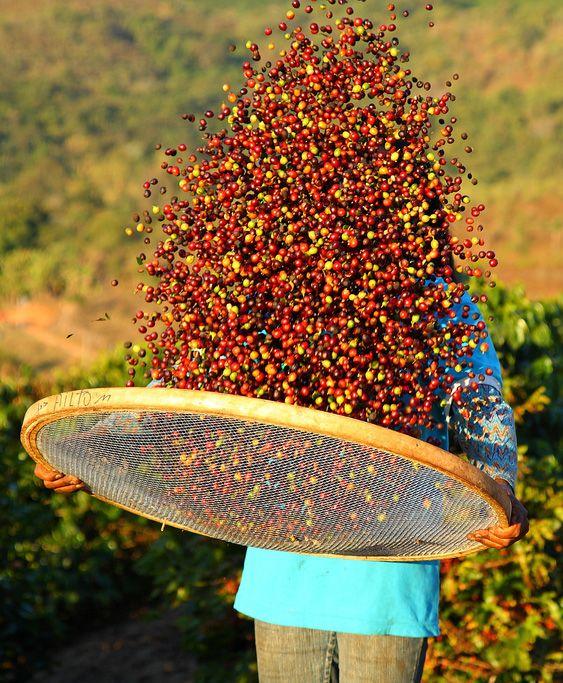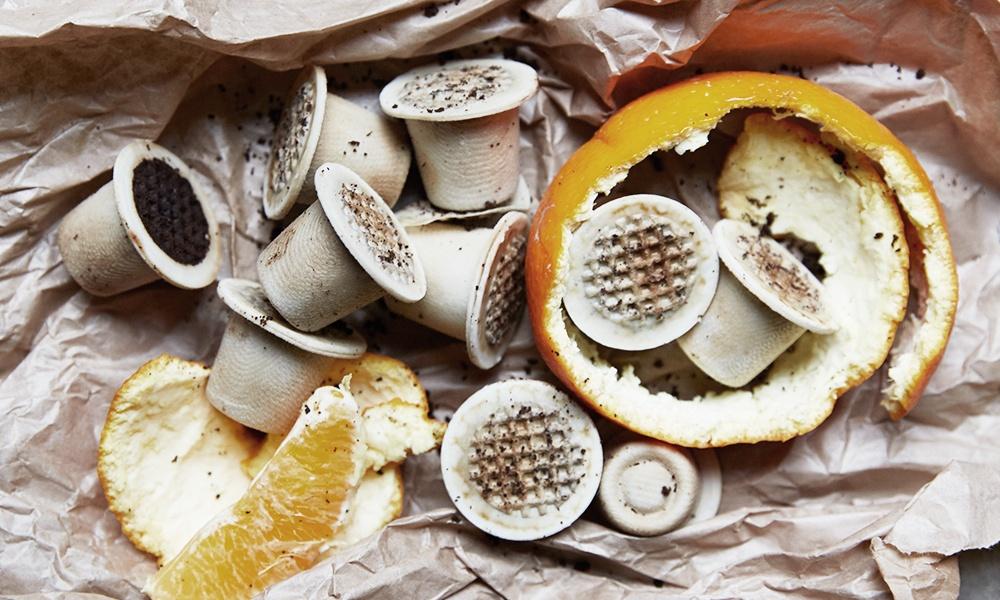The impact global coffee prices are having on farmers.

In 2018 the price of coffee dropped to a 12 year low of USD $1.00/lb. By the end of the year coffee prices were, for the most part, below the cost of production. This begs the question; how can coffee farmers be expected to produce high-quality coffee when they can’t afford basic necessities, such as feeding their families?
Low coffee prices are affecting the amount of work that coffee farmers are getting. Producers cannot afford to pay people to farm the beans and so, both the producer and farmer lose out.
It is important to note that the effects of low coffee prices do not end at the producer or farmer, they also affect the consumer. When coffee prices are down, producers cannot afford to hire enough farmers to pick coffee beans. Therefore, due to time constraints, instead of conducting a selective harvest and picking only the best beans, farmers strip the plants of all their beans, good and bad. This means that the coffee that is produced and sold is variable and poor quality which ultimately leads to the consumer drinking a poorer quality coffee.
Unfortunately, this is not where the negativity ends as it will likely cycle back around and add to the producers and farmers woes. Consumers may decide not to buy this brand of coffee again, aligning it with poor-quality, which adversely affects the producer and farmers, as there is less demand for their product.
Sustainable Harvest’s Relationship Coffee Model helps to ensures transparency, collaboration and shared success between farmer and retailer. It suggests that all components of the model work together and people think about everyone else in the chain as a whole, from grower, miller, exporter, importer, roaster and retailer. This means that everyone is working together in the best interests of everyone in the chain and is a step for farmers at combating low coffee prices.
Another important step for producers and farmers to mitigate low prices is to form a supportive and committed long-term relationship with a roaster. If a producer has a great relationship with their roaster and both parties are committed to each other’s success, both parties are more likely to get the most out of the coffee. Roasters are more likely to try and help their producer and push for higher prices.
It is important for you as the consumers to understand the effects that low costs have on farmers and to think twice about how much you are willing to spend on your cup of coffee.
References:
Olson, K 2018, ‘C-Market Stories: Fatima Ismael, Soppexcca, Nicaragua’, Barista Magazine Online, December 7th, https://www.baristamagazine.com/c-market-stories-fatima-ismael-soppexcca-nicaragua/
Olson, K 2018, ‘C-Market Stories: Felix Camposeco, Acodihue, Guatemala’, Barista Magazine Online, December 13th, https://www.baristamagazine.com/c-market-stories-felix-camposeco-acodihue-guatemala/
Brody, L 2019, ‘What low prices mean to our producer partners’, Sustainable Harvest, January 3rd , https://www.sustainableharvest.com/blog/what-low-prices-mean-to-our-producer-partners



